While some recorded specimens reached up to 20 meters and 34 tons (!!!), whale sharks are more commonly seen when they are between 4 and 14 meters, which is still quite impressive (and dwarfing).
Similar to its marine megafauna mammal equivalent the blue whale, this giant fish feeds mainly on plankton, algae and microscopic animals that it filters through its wide mouth. Have you ever found it interesting that the largest critters choose a macro diet?
While it looks toothless, the whale shark is equipped with a large number of tiny bristle-like teeth spread over 300 rows per jaw.
Its average lifespan is estimated between 100 and 150 years. The oldest recorded specimen was about 70 years old and but there is not enough data on its total population to make concrete conclusions.
Did you know the species is considered to be in danger?
The species was classified as vulnerable by CITES in 2002. Some specimens were fished in Taiwan in the second half of the twentieth century and scientists found out that there were very few females capable of reproducing.
Apart from some natural predators such as Orca and some opportunistic sharks, the greatest threat of this species is none other than man. Due to its slow reproductive cycle it is threatened by overfishing and greed as their fins are considered a prized catch… sold for the despicable "fin-soup", whale shark fins can be sold for the equivalent of €650 /kg on the Chinese and Taiwanese market...
Not much is known on this topic even by scientific specialists of the matter.
There are three different modes of reproduction among sharks and rays (the elasmobranchs family). Oviparous species, like many other fish, lay eggs. Viviparous species give birth to live young. This form is similar to reproduction in mammals in that there is a placental link between the developing embryo and the mother through which nutrients are transferred. Finally, there are ovoviviparous species which also give birth to live young but have a different method of internal nourishment. An embryo’s initial development occurs within an egg, gaining nutrients from the yolk, but the embryo emerges from the egg whilst still inside the mother.
One "super mamma" was caught in 1995 with 300 embryo at various stages of development which would mean that Whale Sharks are Ovoviviparous. Where they go to give birth to their young is still a mystery.
It is thought that whale sharks are born between 40 – 60cm but strangely there are very few recorded sightings of individuals below 3m and it is unknown where they spend their time before reaching this size. One notable exception to this is a whale shark that was found by fishermen in the Philippines in 2009. The shark measured just 38cm. To see a video of this encounter.
Read the blogpost dedicated to baby whale sharks here
What are the best spots to sight whale sharks?
The whale shark is a pelagic species found in warm tropical and temperate waters of the Atlantic, Pacific and Indian Ocean. Some spots like Mexico or the Philippines offer pretty guaranteed sighting when the season is right, while other spots like Thailand and Myanmar have whale sharks all year long but not on every trip...
Join us to meet them in their natural environment, join one of our cruises today :)
LATEST NEWS!
| Scientists have just discovered that whale sharks have 2 eye protecting features we never imagined or seen before on any vertebrates! Their eyes are quite exposed on each side of its head with no eyelid. Evolution gave them a way to protect their eyesights! 1- they can retract their eyes into their head (maintaining a little vision in the process) 2- they have hundred of teeth like denticles on their eye balls! (scientist think they are scales but they have the structure of teeths with an inner core of pulp, a middle layer of dentine or bony tissue, and a hard enamel-like coating. |

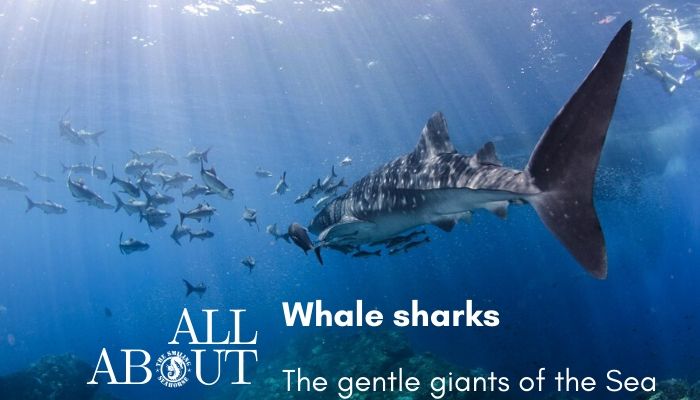
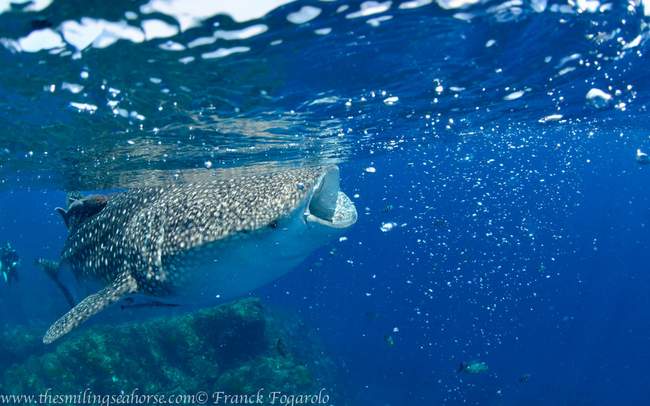
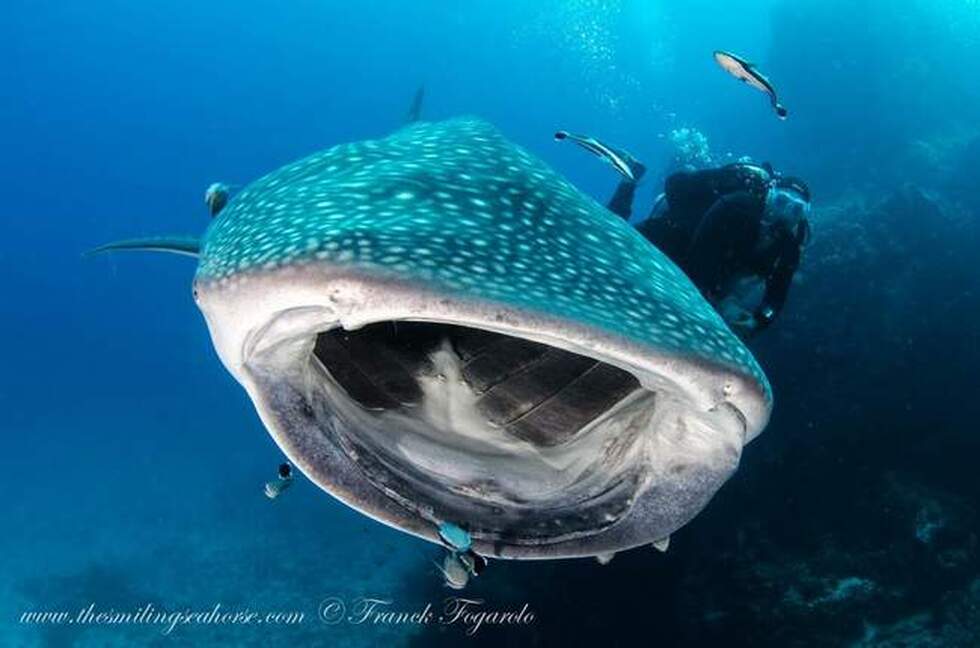
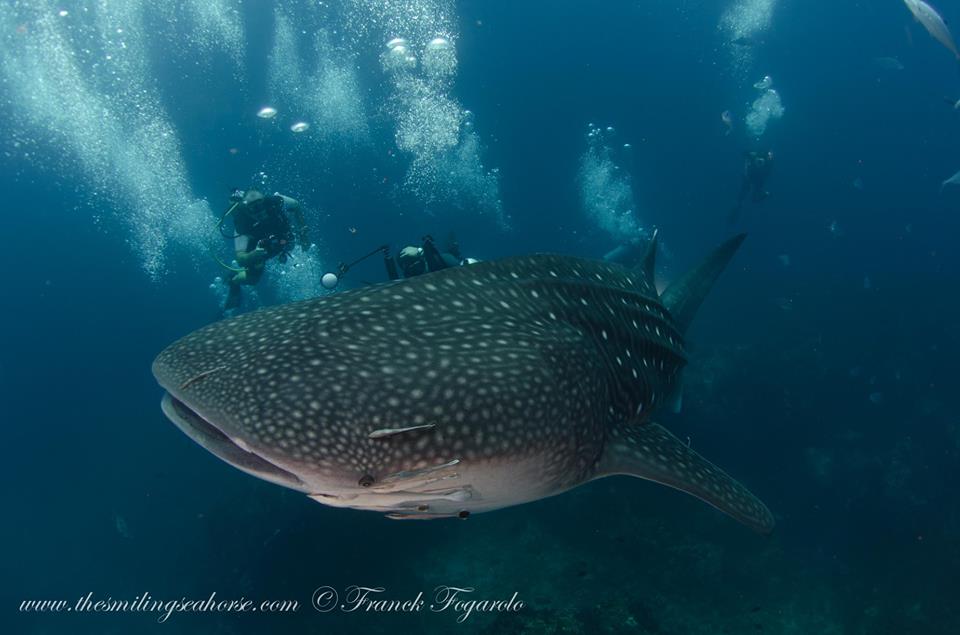
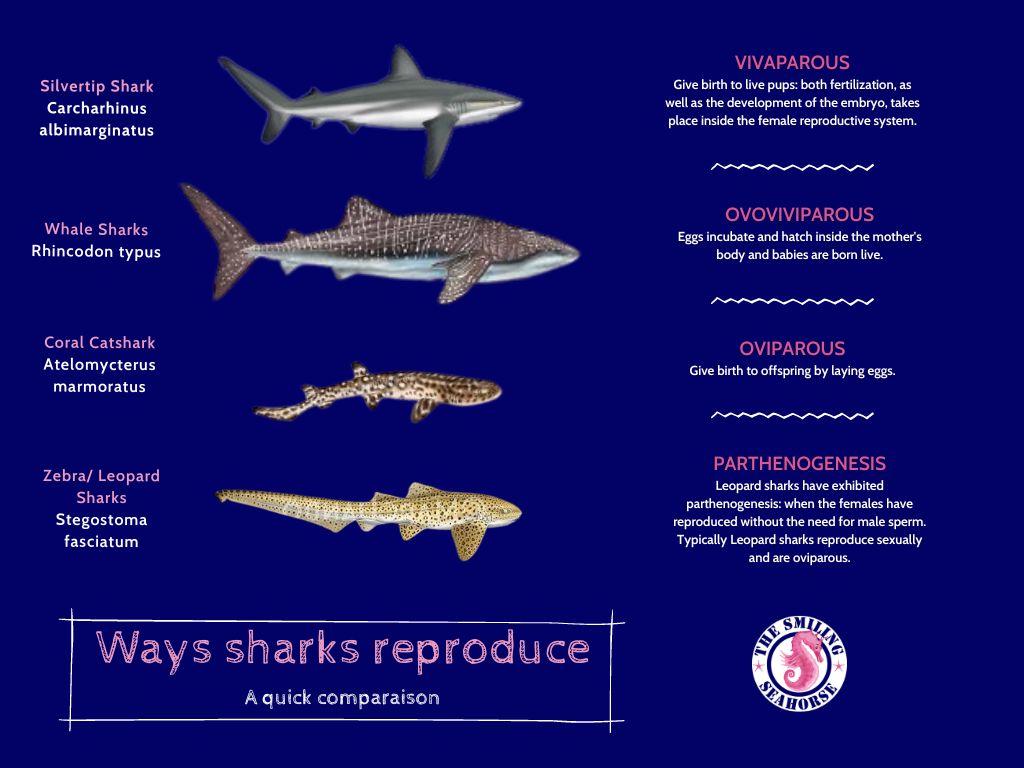
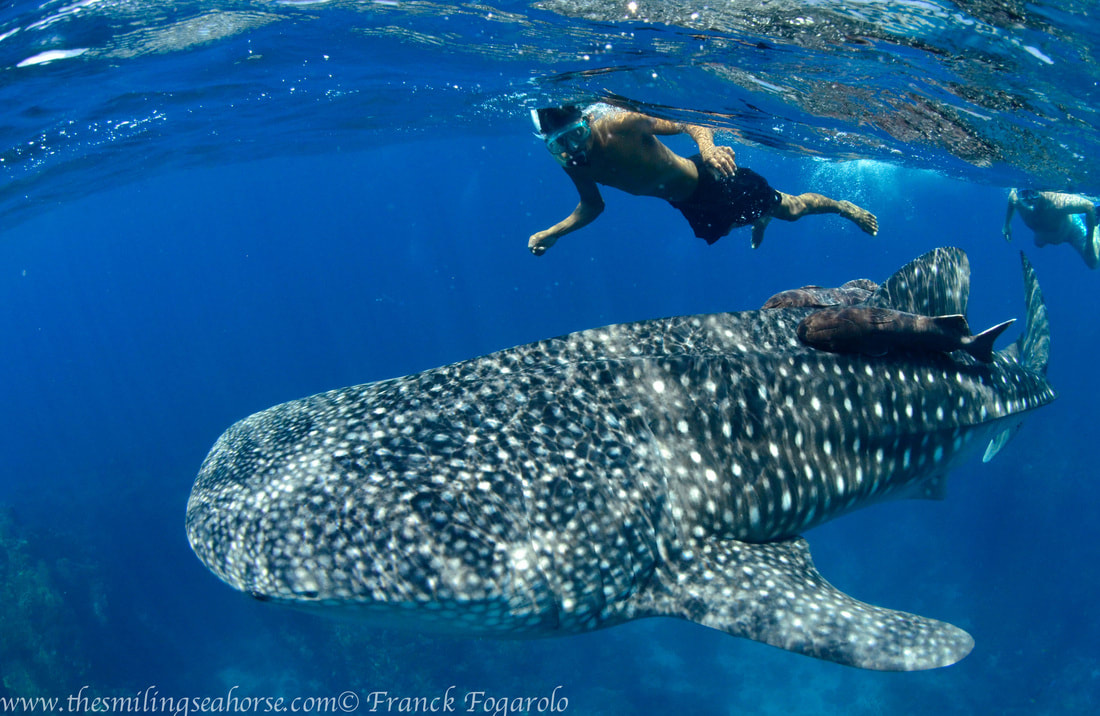

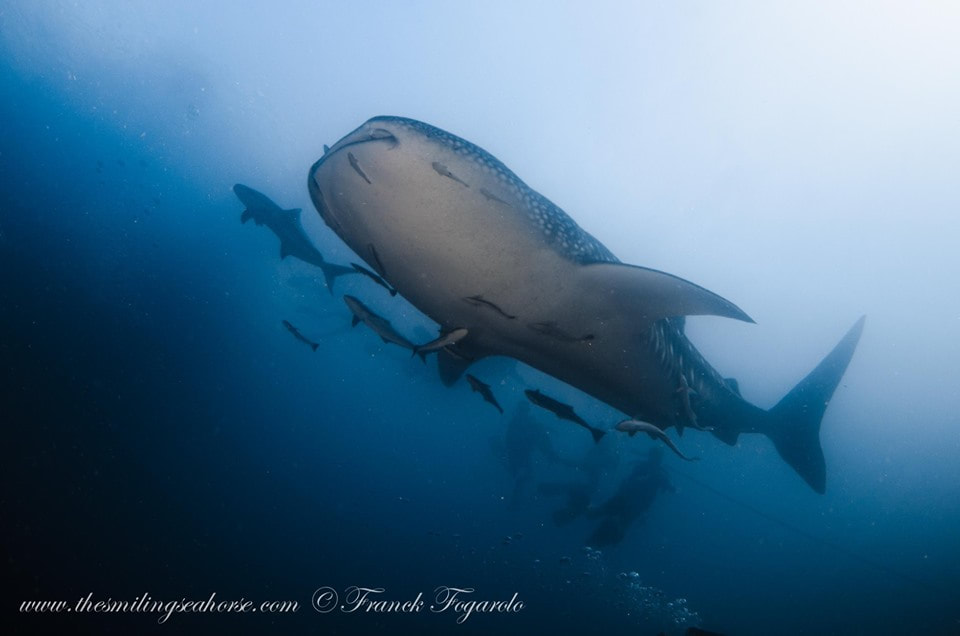
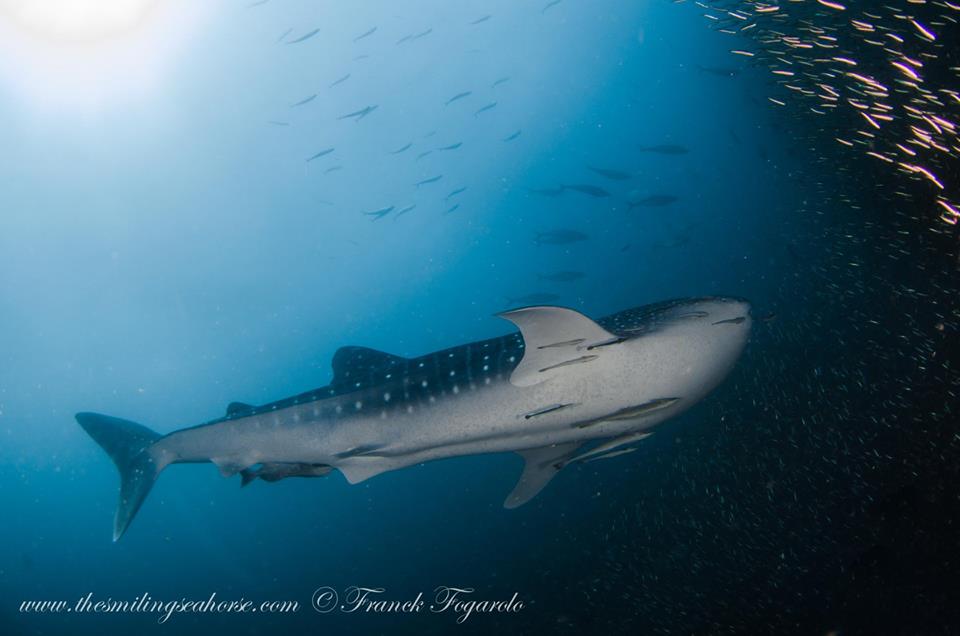
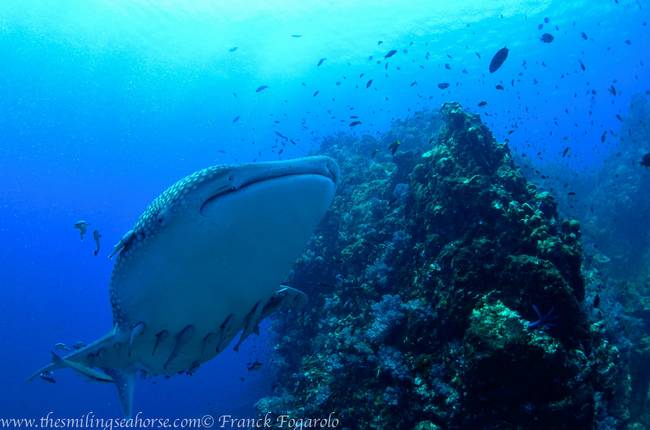
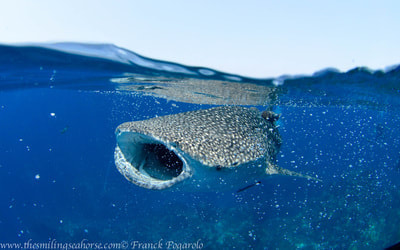
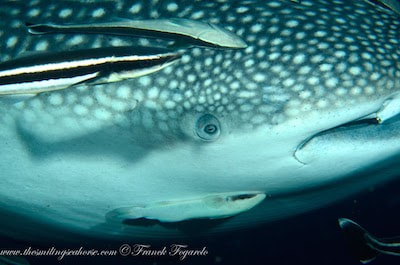
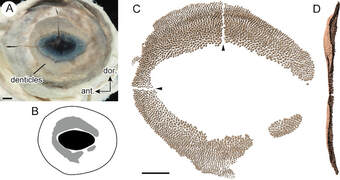
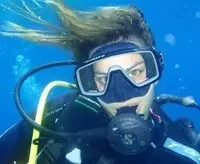
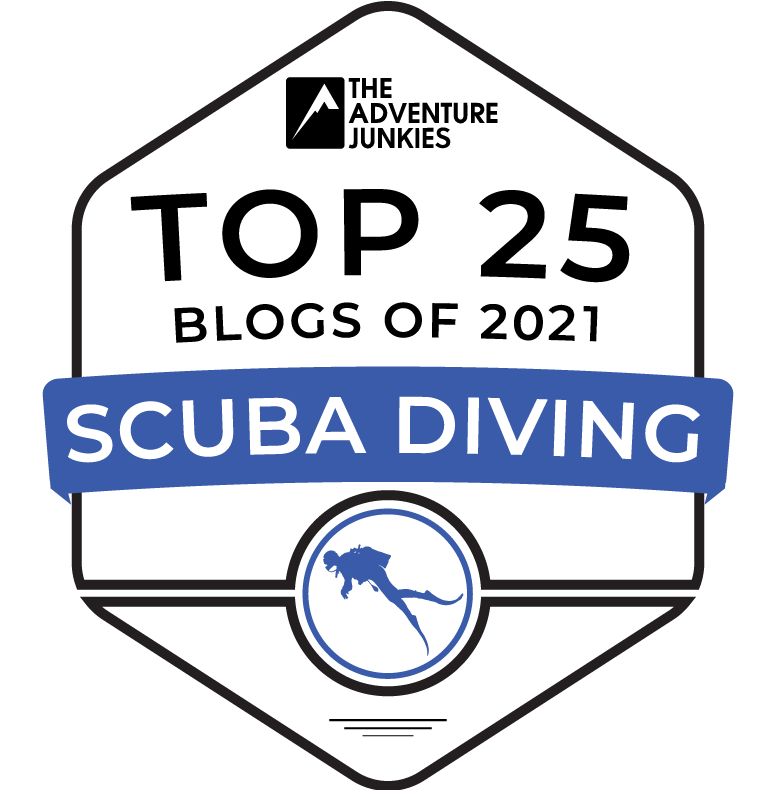
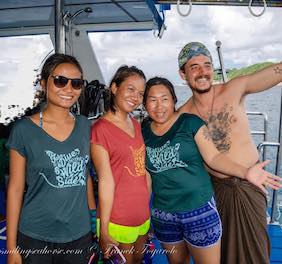
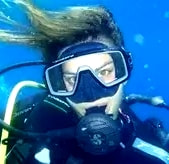

 RSS Feed
RSS Feed




